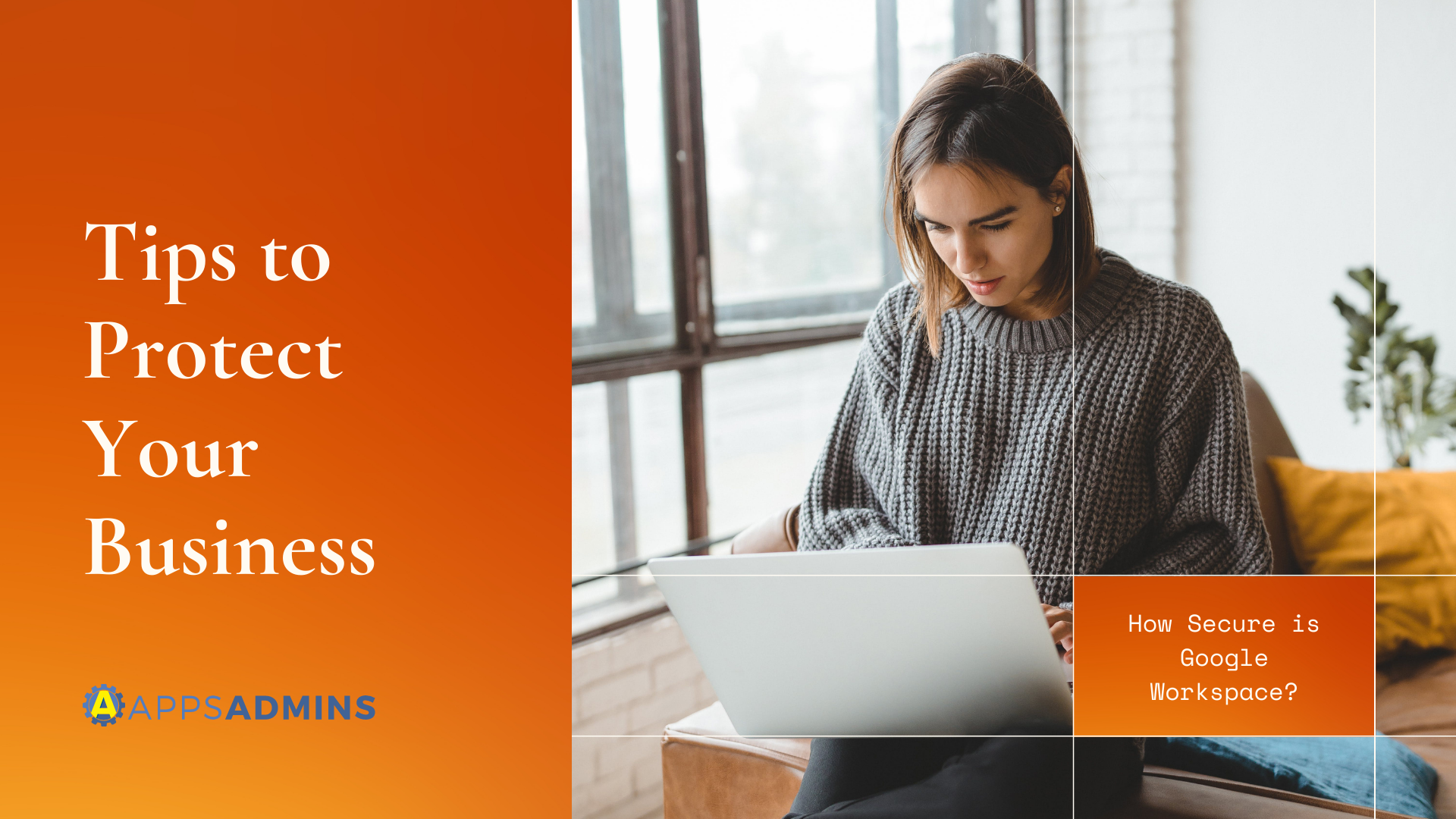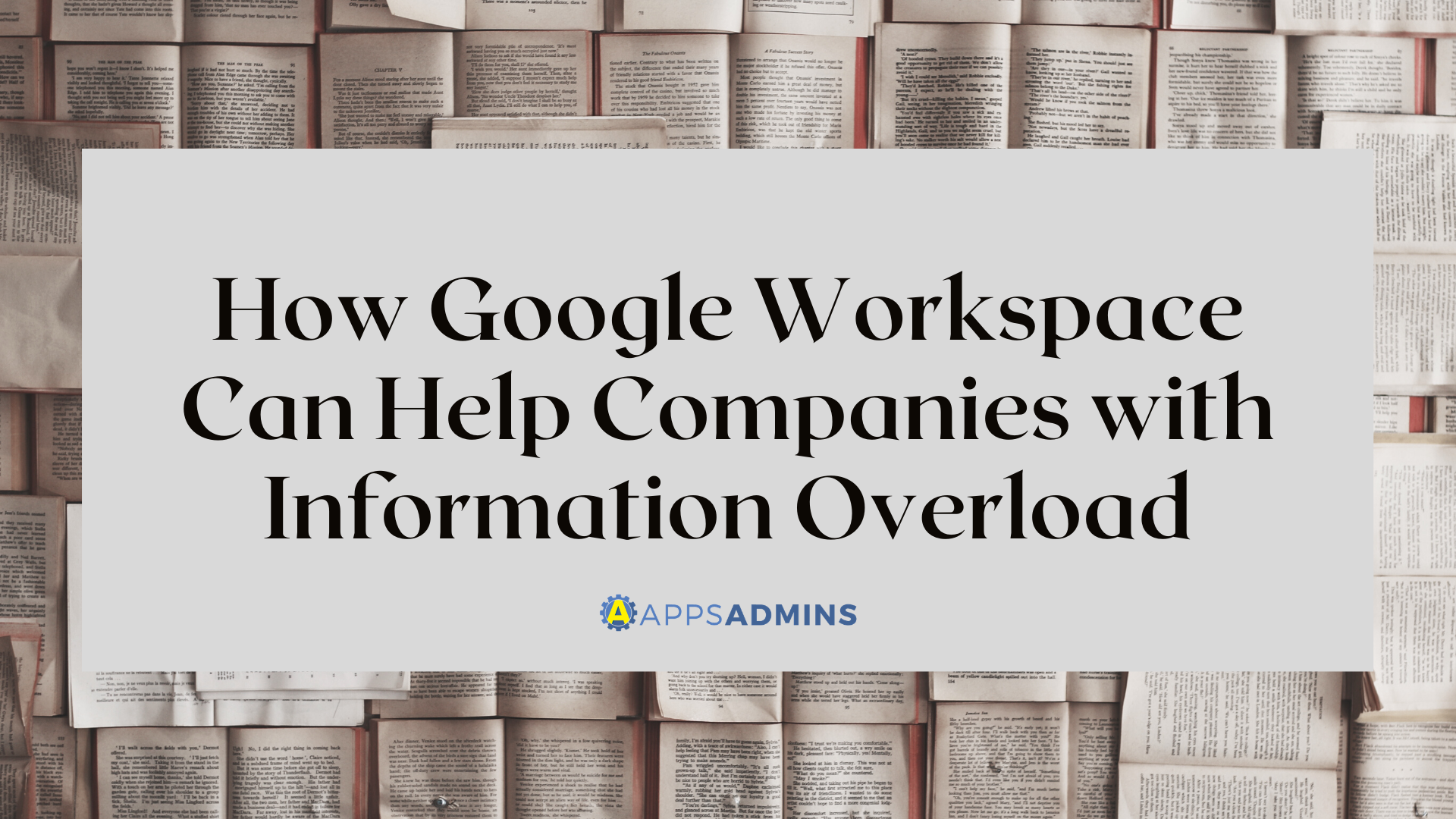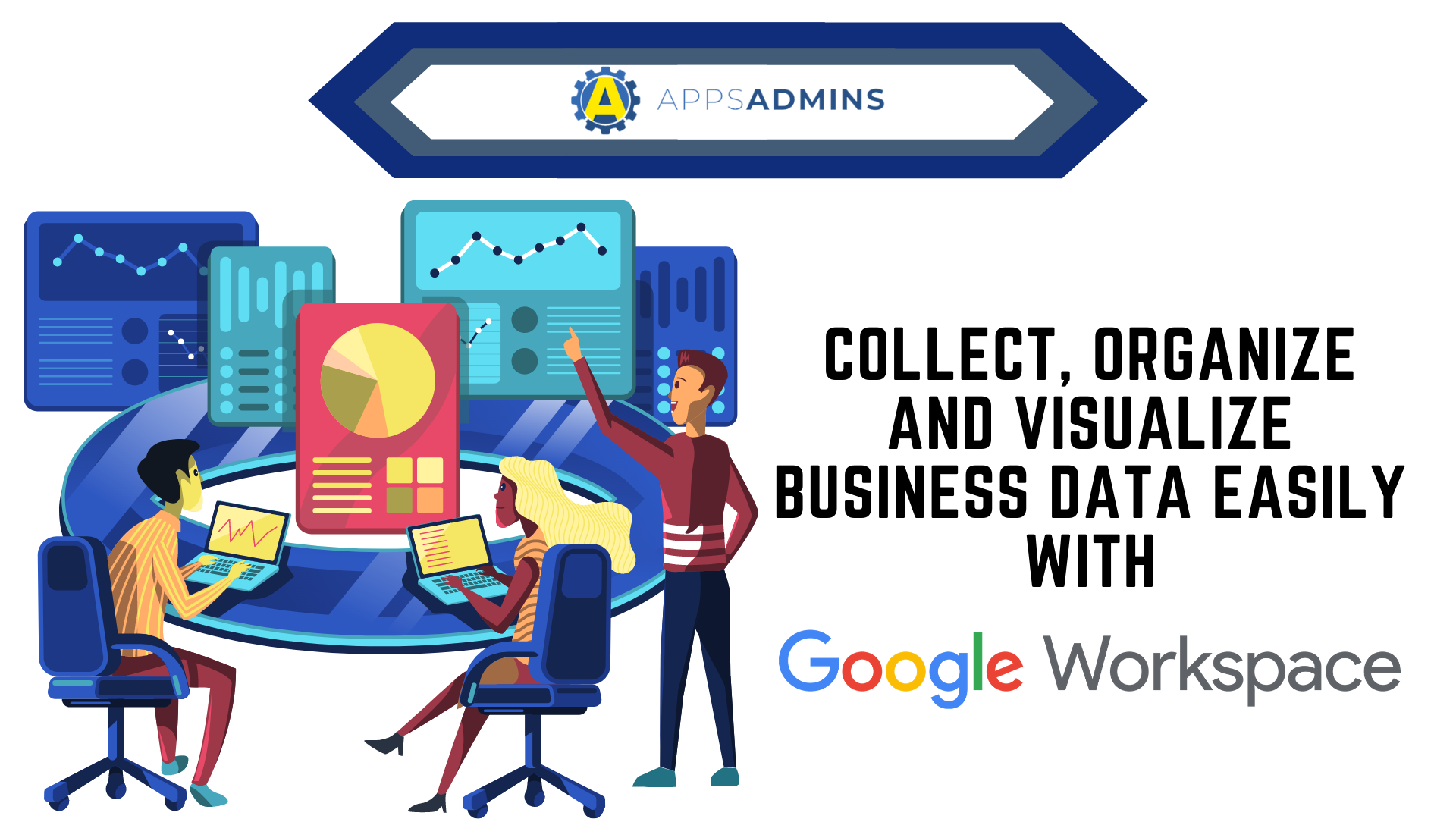G Suite Business Free for 30 Days
Sign up for a Free 30 Day Trial of G Suite Business and get Free Admin support from Google Certified Deployment Specialists.


As a service for productivity, collaboration, file storage, and cloud performance, Google Workspace is definitely one of the most secure tools on the web today. In fact, Google actively works to ensure that its customers are well-protected, with security checklists designed to aid modern mid-sized brands.
Google environment is constantly improving and evolving. Every month, we see an influx of new tools and solutions in the Google Workspace landscape designed to make your experience safer and more secure. However, just because Google Workspace is secure, doesn’t mean that you don’t have to work hard to keep it that way. Just like any other set of tools in your business, Google Workspace works best when you use it carefully, taking advantage of the systems available that can enhance your privacy and security. If you’re worried about your Google Workspace security this year, the following tips could help you to discover new ways of protecting your business.
Tip 1: Use Shared Drives
.png)
If you’re not using shared drives on Google Workspace yet, then now’s the perfect time to get started. These “Team Drives” are available in the Enterprise and Business versions of Google Workspace, and they offer a quick and simple way for people to collaborate seamlessly on files. Unlike the standard version of Google Drive that’s available for any user, Team Drives are specifically designed for your team.
The great thing about this feature is that if someone ends up leaving your company for any reason, they’re not going to take their valuable content with them. The files remain in the same place, so everyone can continue to benefit from ongoing productivity. Additionally, as an administrator of your team files, you’ll have complete control on who can access your content.
You’ll have the freedom to decide whether to grant editing, upload, and deletion access to various members. It’s very easy to add and remove new users and change permissions whenever required. Since many organizations neglect on-boarding and off-boarding in the world of SaaS, this feature can help to keep your Google Workspace experience more secure.
Tip 2: Fight Against Phishing

Phishing is a strategy that criminals can use to steal data online. It’s a common problem in the digital world. You receive an email on Gmail, assume it’s from someone you trust and click on a link. Suddenly, you’ve got malware in your system, or someone’s breached your files and you have no idea what happened.
Fortunately, there are things that you can do in the G Suite that can assist with fighting back against the phishing epidemic. For instance, the first step is telling your employees how to protect themselves against phishing problems. Providing employees with a useful insight into things like which emails are likely to be fake, and which are likely to be real is a good start. You can also implement Gmail extensions into the Google Workspace that automatically scan file attachments for viruses.
There are even Gmail extensions that can check out the quality of the links included in an email and let your employees know before they click whether those links are real or dangerous. Here are just some of the best Gmail extensions that can assist with improving your security and protect your team communications.
Tip 3: Manage your Admins

One of the top tips that Google suggests when helping companies set up a secure Google Workspace experience is learning how to manage their admins. You’ll need to figure out which of your employees are going to have privileged access to certain tools and files. In most cases, giving people access to less data is better. The fewer points of entry you have into your essential files, the less likely it is that you’ll end up with a data breach.
Make sure that you know the basics of the following administrator roles before you roll the full Google Workspace experience out to your team:
- Super Admin: These administrators manage all aspects of the organization’s account and have full access to user calendars and event details. At a minimum, two workers will usually have super admin access in an organization. This ensures that if one admin loses their information or password, the other can still log in and help out.
- Groups Admin: With Google Workspace, everyone in a group can access documents, receive emails, and check out calendar invites. However, Group admins have a little more power. These people can create and remove groups, manage group members, and access settings. Group admins can also make changes to the team to assist the super admin.
- User management admin: These individuals can create or delete individual users in the Google Workspace environment. A user management admin might also be able to assist with things like managing security settings and user passwords.
Tip 4: Rectify the Ransomware Issue
.jpeg)
Phishing and accidental access to sensitive files aren’t the only dangers that companies face in the modern digital landscape. One of the biggest problems that many organizations are worried about today, is the rising threat of ransomware. This is a form of malware that stops you from being able to access your files until you pay a hacker a specific “ransom”. The malware encrypts your files and scrambles your data, forcing you to pay for a digital key.
These days, ransomware is so widespread that you’re more likely to be infected by it than you are to capture the flu. Large businesses, hospitals, and schools are often affected by this issue. However, virtually any business or organization can be targeted by ransomware. Some of the ways your Google Workspace experience might be affected include:
- Accidentally clicking on the wrong link when using your Google Workspace account. This experience is similar to being hacked via a phishing email.
- Through backup and syncing services. You might accidentally click on the wrong link and back your data up to the wrong environment.
- Through third-party extensions and apps. Although extensions and Google Workspace applications can make the Google Workspace more immersive and helpful, it’s important to make sure that you’re choosing trustworthy tools.
Although there’s no way to be 100% safe from ransomware at all times, you can be prepared for it. Automated backups on trusted cloud storage facilities like the G Suite Vault can help a great deal. If you have a back up of your essential data on the Vault, then you don’t need to worry about waiting for some other individual to give you access to your files again before you can continue with business as usual.
Tip 5: Leverage Google’s Single Sign-On

Single sign-on is a powerful tool for Google Workspace users that are interested in updating and enhancing their security strategy. As part of the Cloud Identity package of tools from Google, Single Sign-On ensures that your employees can have easy and instant access to a range of powerful integrated apps.
With Single Sign-on, you can reduce the risk of people using dangerous low-strength passwords to access essential tools on your network. That’s because your customers will only have to remember a single master password to get access to everything that they need. Additionally, you can also have more control over the apps and services that your team members are using. As an administrator, you’ll be able to double-check that every app in your employees’ list is properly secured and robust.
Single Sign-On is a useful feature to have when you want to enforce security policies in your workplace, without harming the experience for your end-user. You can get new and existing employees up and running in a matter of minutes and reduce the impact on your IT and help-desk teams all at the same time.
Tip 6: Implement Multi-Factor Authentication

If you’ve heard of tools like Single Sign-On for the Google Workspace, then you’re probably at least partially familiar with multi-factor authentication too. With MFA, you can enhance the security and safety of your entire cloud environment and productivity suite. Multi-factor authentication ensures that your team members have more protection than just the basic password and username combo.
With MFA, attackers that try to gain access to your cloud won’t be able to get into your system with stolen credentials alone. Instead, they’ll need a combination of a password, a username, and a code that would be sent directly to their smartphone or another device. Unfortunately, only around 28% of people are using multi-factor authentication today.
However, no matter what aspects of the Google Workspace you may be reliant on, a multi-factor authentication strategy can give you the access you need to an extra layer of security and privacy. MFA is particularly important in environments that allow for BYOD working or mobile work.
Tip 7: Defend Against Insider Threats
Usually, when people panic about security and privacy issues in the business landscape, they think about complicated hacker attacks and outside breaches. However, the truth is that some of your biggest security issues can happen within your company's walls. Your employees are often a bigger threat to your data than most cyber attackers.
Despite their best intentions, human employees are often victims of accidental errors that can end up putting your data at risk. For instance, if your employee takes a device out of the office with them so that they can continue working away from their desk, then there’s a risk that the device could be stolen. If the person has their passwords saved into their crucial accounts online, then hackers can quickly and easily log in without any effort.
On the other hand, your team could end up using dangerous public WiFi connections to log into systems on the web. This leaves you and your company open to attack from people who are happy to jump in on those unsecured connections. Making sure that your employee data is backed up, and that your team members know how to protect the information that they use within your business is essential.
Is Your Google Workspace Experience Secure?
Google Workspace is one of the most valuable productivity suites on the market today, offering an excellent combination of tools for businesses of all sizes. As Google continues to focus on attracting a wider range of enterprise customers, there’s a good chance that we’ll see a rise in the number of incredible security and privacy features implemented into the Google Workspace environment.
However, it’s important to remember that you also need to do some work on your side to keep your environment safe too. Implementing the right security and privacy policies with your team is a good first start. The more you know about maximizing your Google Workspace experience, the easier it will be to deliver the productivity and simplicity that your team members are looking for, without compromising on security.
Want to learn more about building the perfect Google environment? Reach out to our team today for help with everything from Google Cloud to the Google Workspace.
.jpg?width=818&name=appsadmins-svg-rules-1%20(2).jpg)








